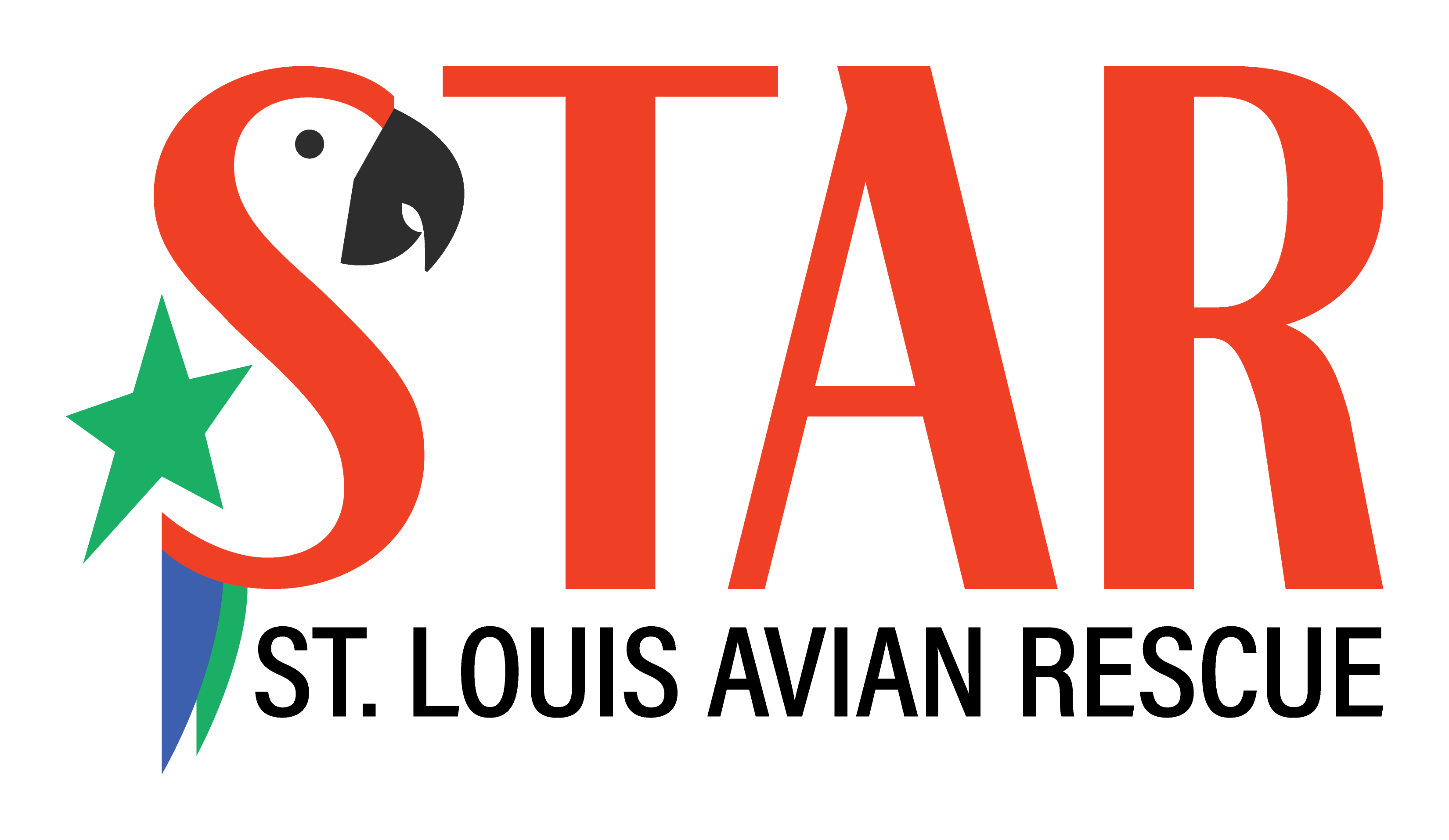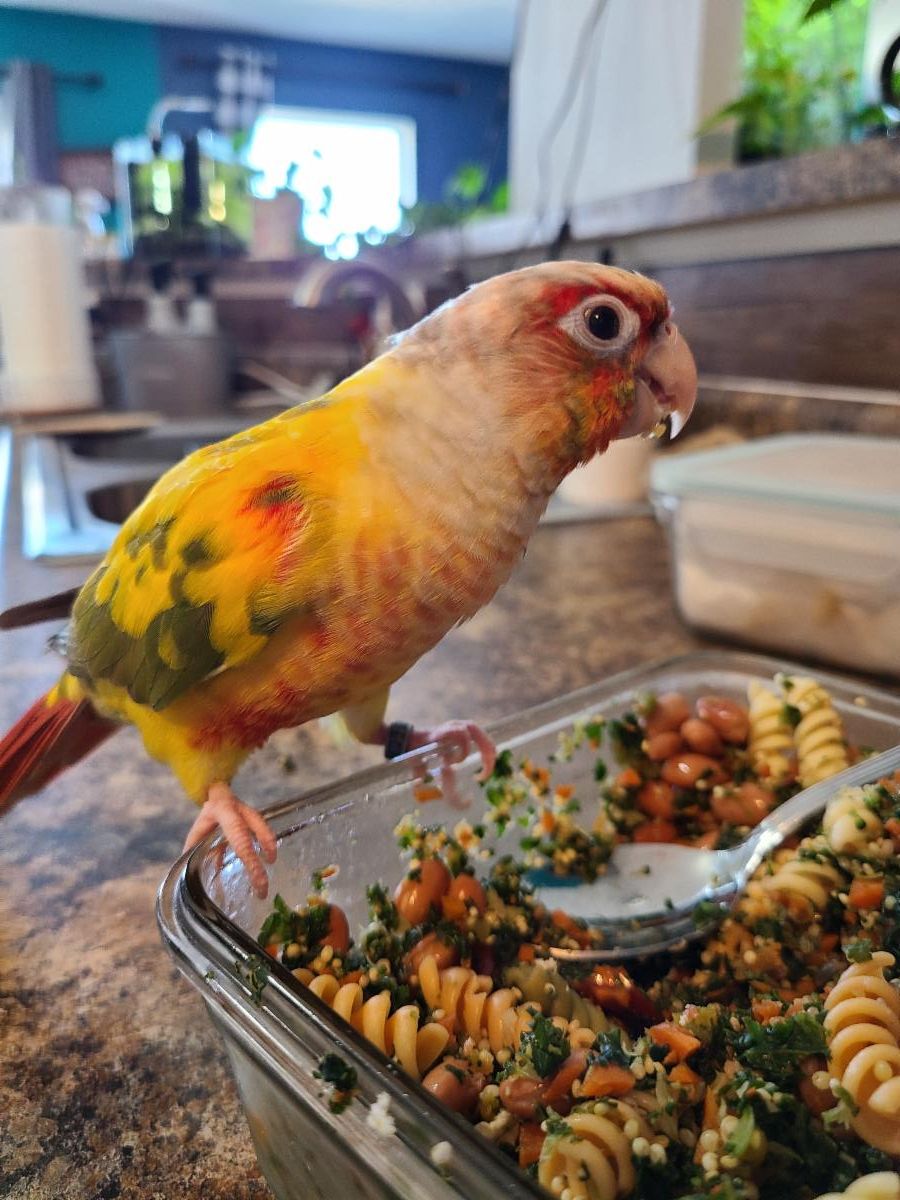How do you know what makes a good seed blend? Some are pre-packaged but check the ingredients. You want a mix of several different kinds of small seeds and as few sunflower and safflower seeds as possible. *Sunflower and safflower seeds should only be a high-value treat for training. You should also avoid seed blends that have grit in them, whether this is calcium or oyster shell grit. Parrots are hookbills and shell their seeds before eating them. Only pigeons, chickens and other fowl benefit from grit to break up the seed after consumption.
Pellets
Experts recommend that 80% of a parrot’s diet should be a balanced and fortified pellet. This applies to most parrots, however there are a few others with different dietary needs like Eclectus Parrots and Lorikeets. That said, some pellets are higher in sugar content than others and you have to make the best decision for your bird. Fruit flavored pellets will have more sugar and are usually a great transition between seed and natural pellets. Pellet brands STAR uses for our foster birds include:
- Zupreem
- Roudybush
- Lafeber’s
- Harrison’s
- Caitec
These are by no means the only pellets out there. These are just some of the whole, fortified, and balanced diets available. There are some pellets that are not fortified with necessary vitamins and must be supplemented with a chop of fresh vegetables and whole grains to be complete. We recommend checking with your avian vet and considering what diet is the best for your bird and your lifestyle.
Chop
In the wild, parrots would eat more than just seed, getting other nutrients they need from fresh foods found in the environment. We can replicate this as closely as possible by providing fruits and vegetables for them in addition to their pellet diets. For most birds, chop can be 10-20% of their diet. Some species, like the Eclectus parrot, eat a diet made of 80% chop! Their digestive needs are different from the majority of companion birds so we adjust for those in our foster care. Check out this link to some of our volunteer’s chop recipes.
The bottom line:
However you choose to feed your bird, it is always best to consult with your avian vet on what is best for your feathered friend. If you need to transition your bird to a different diet, they would be best able to provide tips on how to do it safely. Going all at once from one food to another can stress your bird out and make them ill. Birds love variety in their diet. Just as you wouldn’t want to eat the same thing every day, your bird would likely enjoy a variety of pellets and chop to keep them interested.

